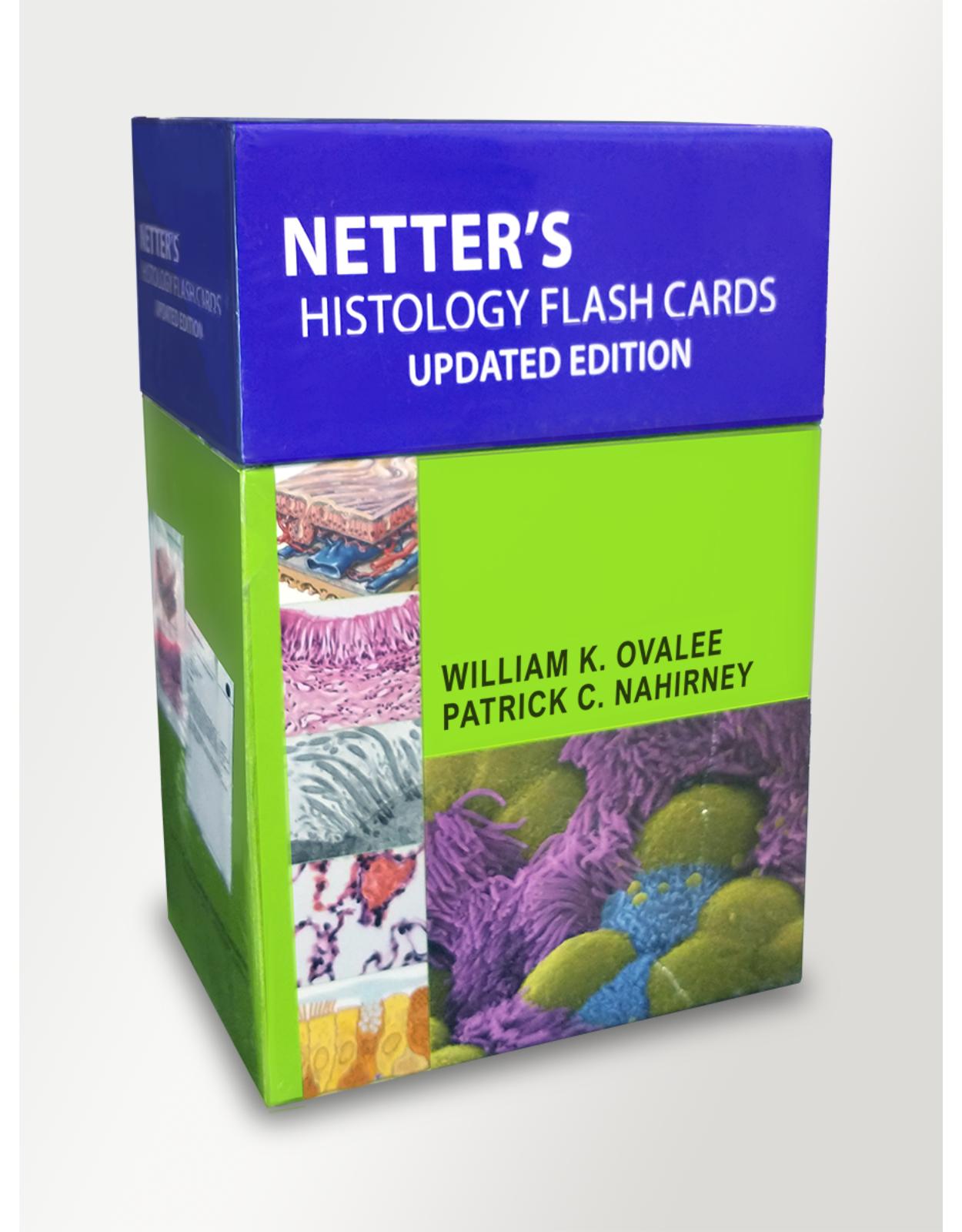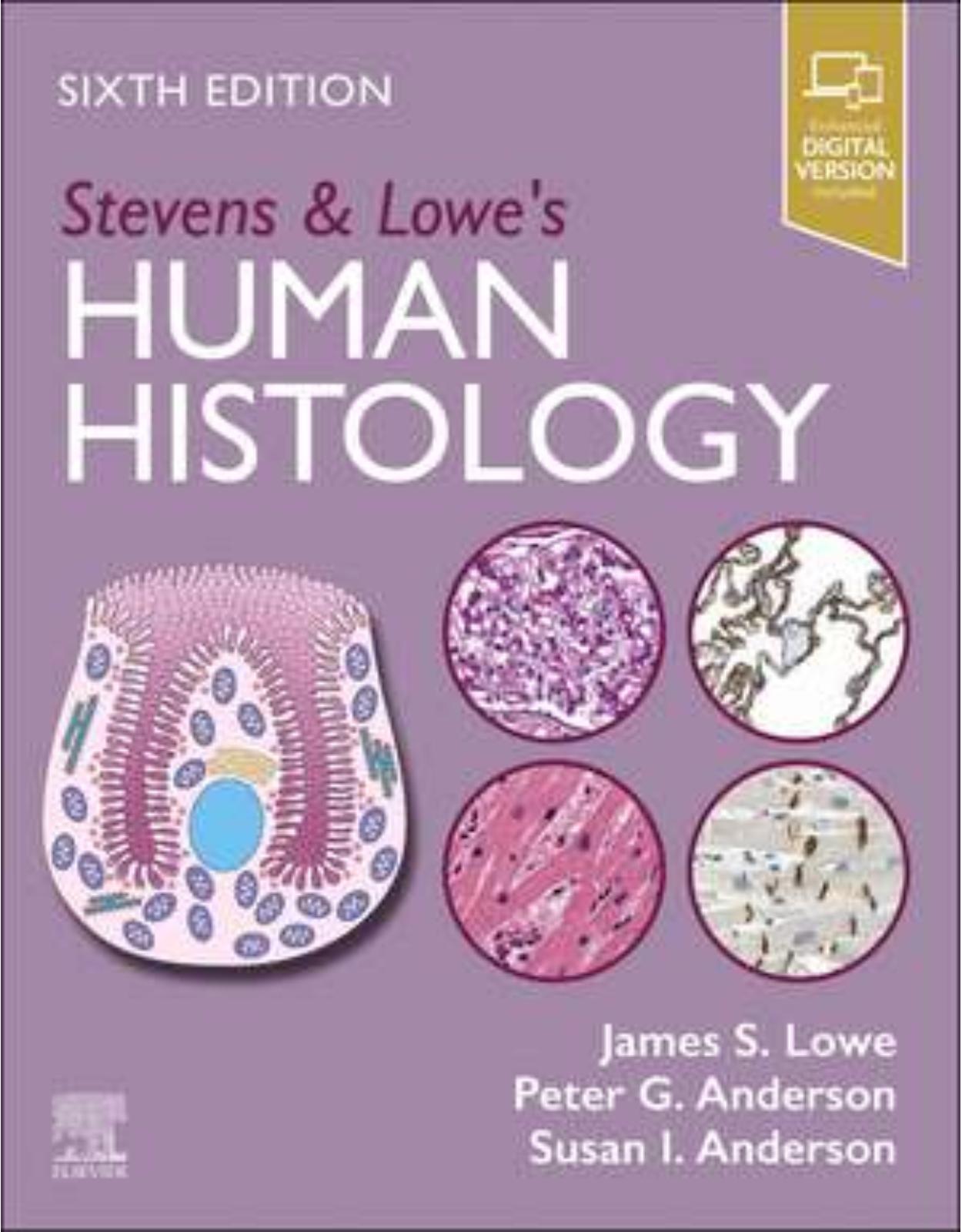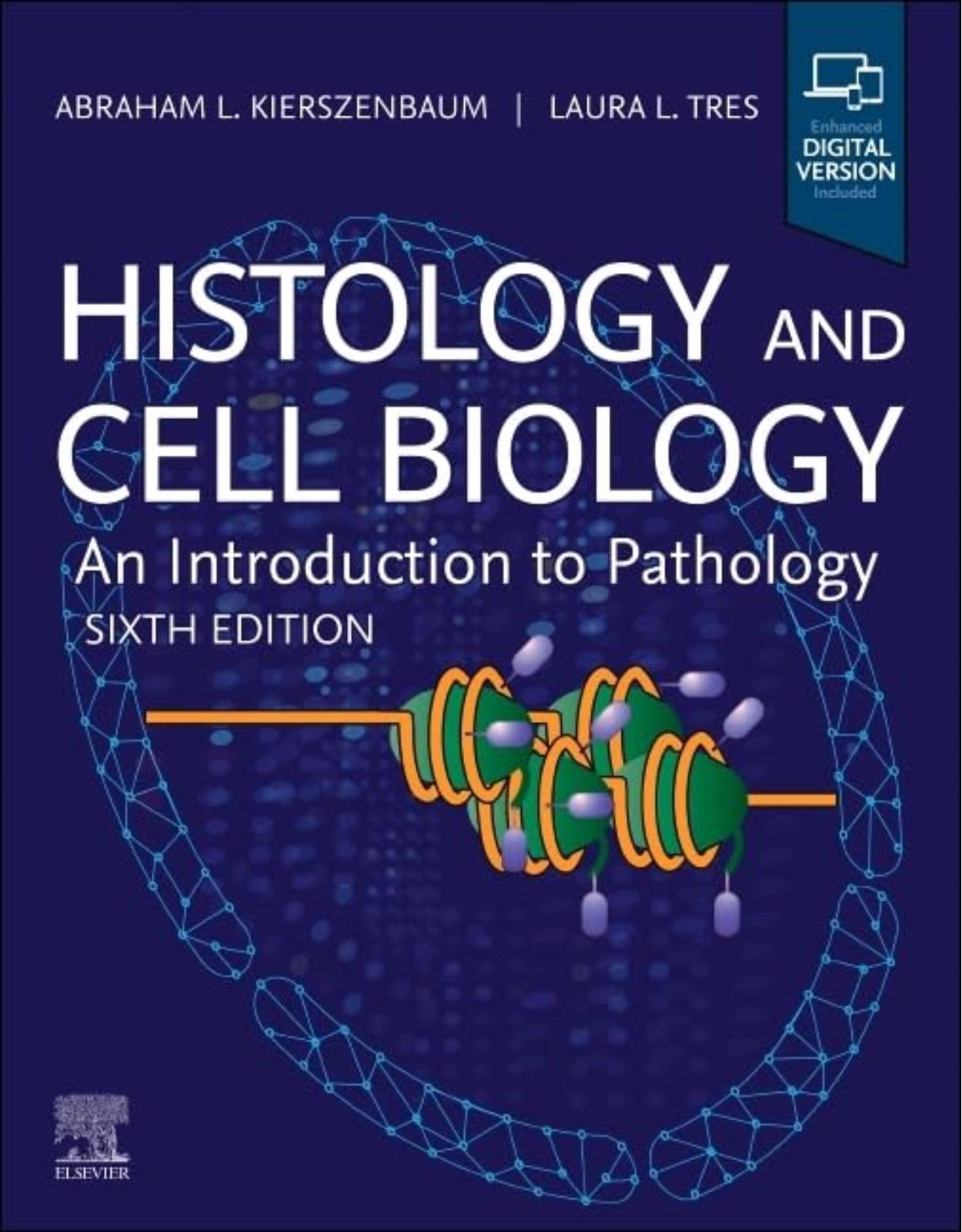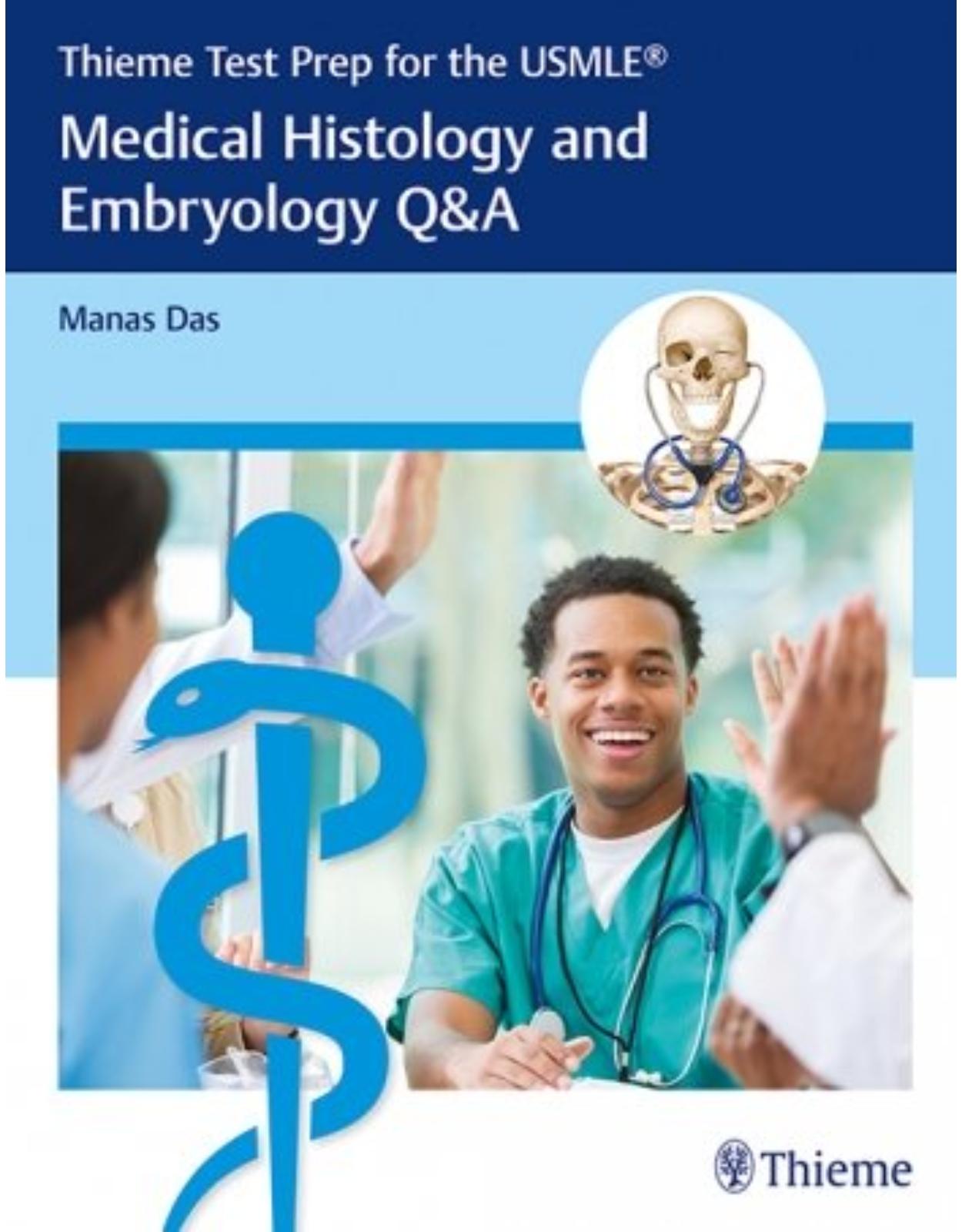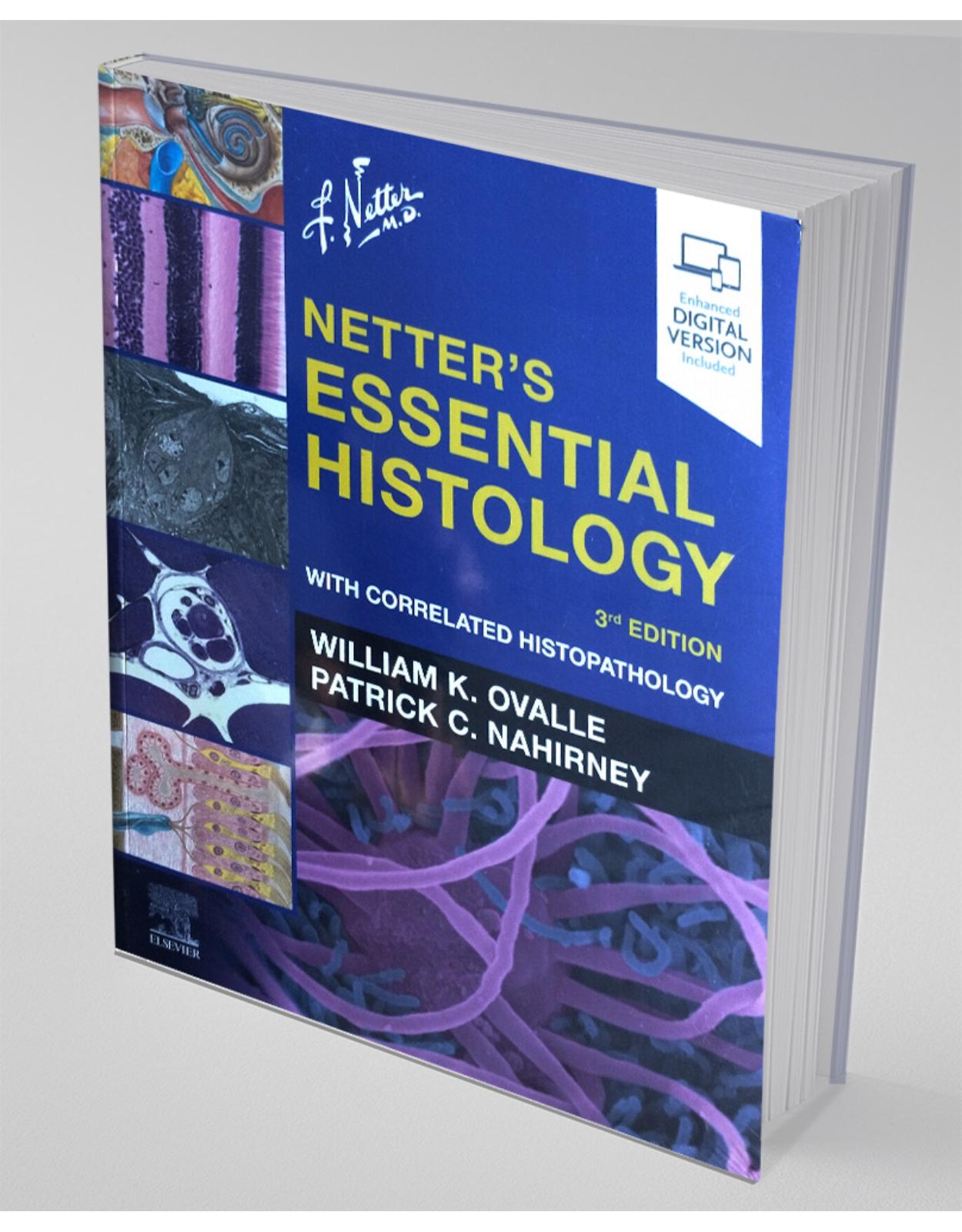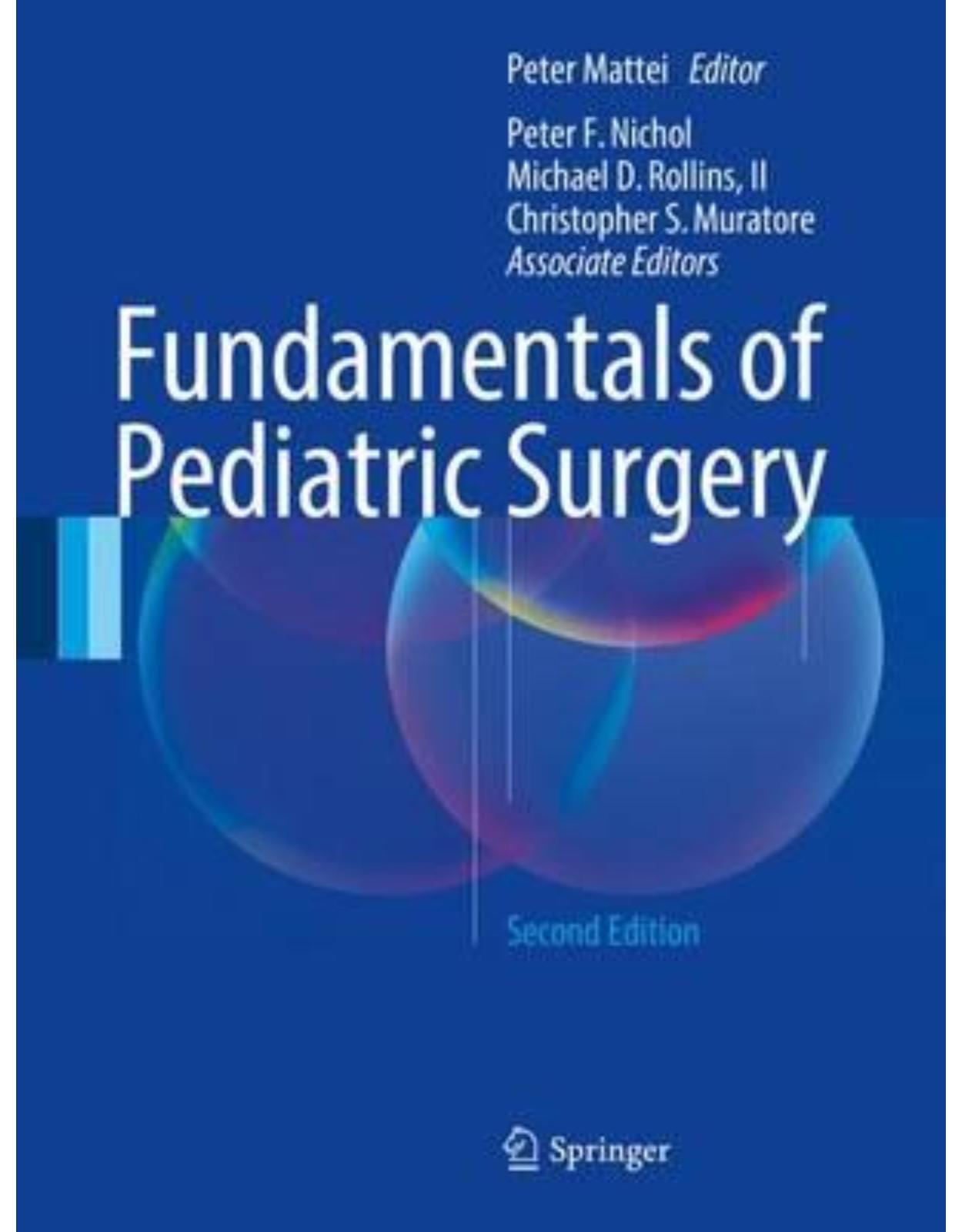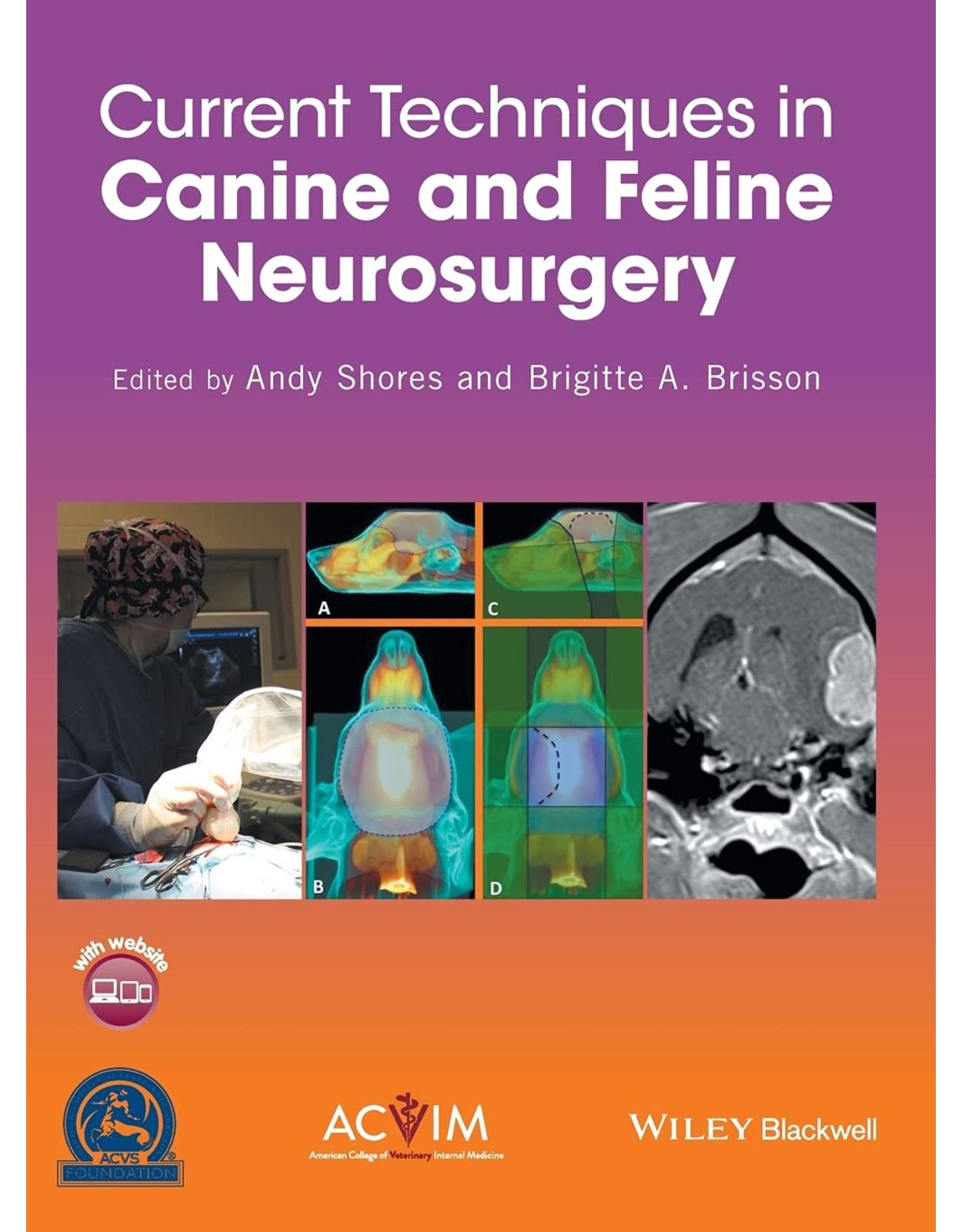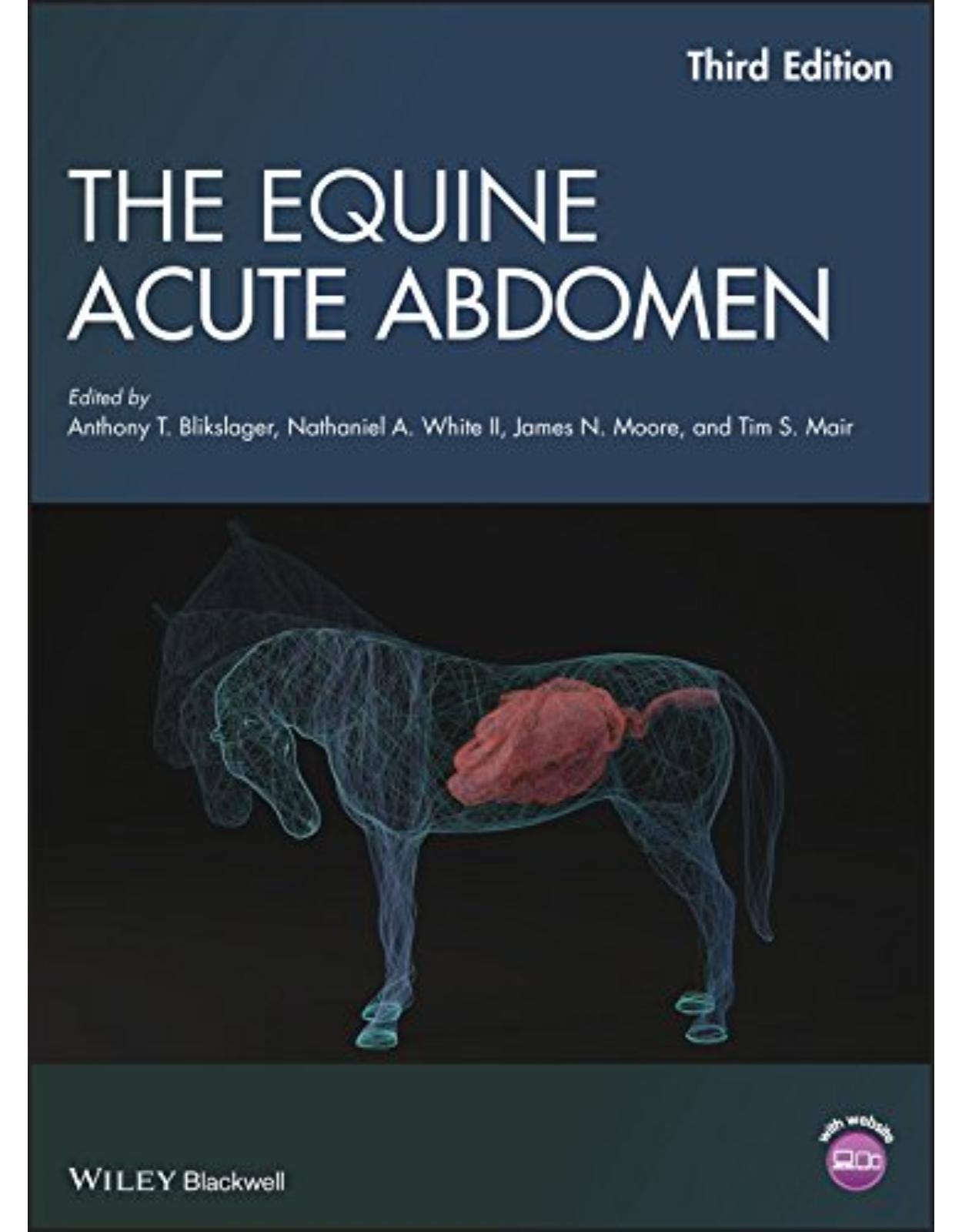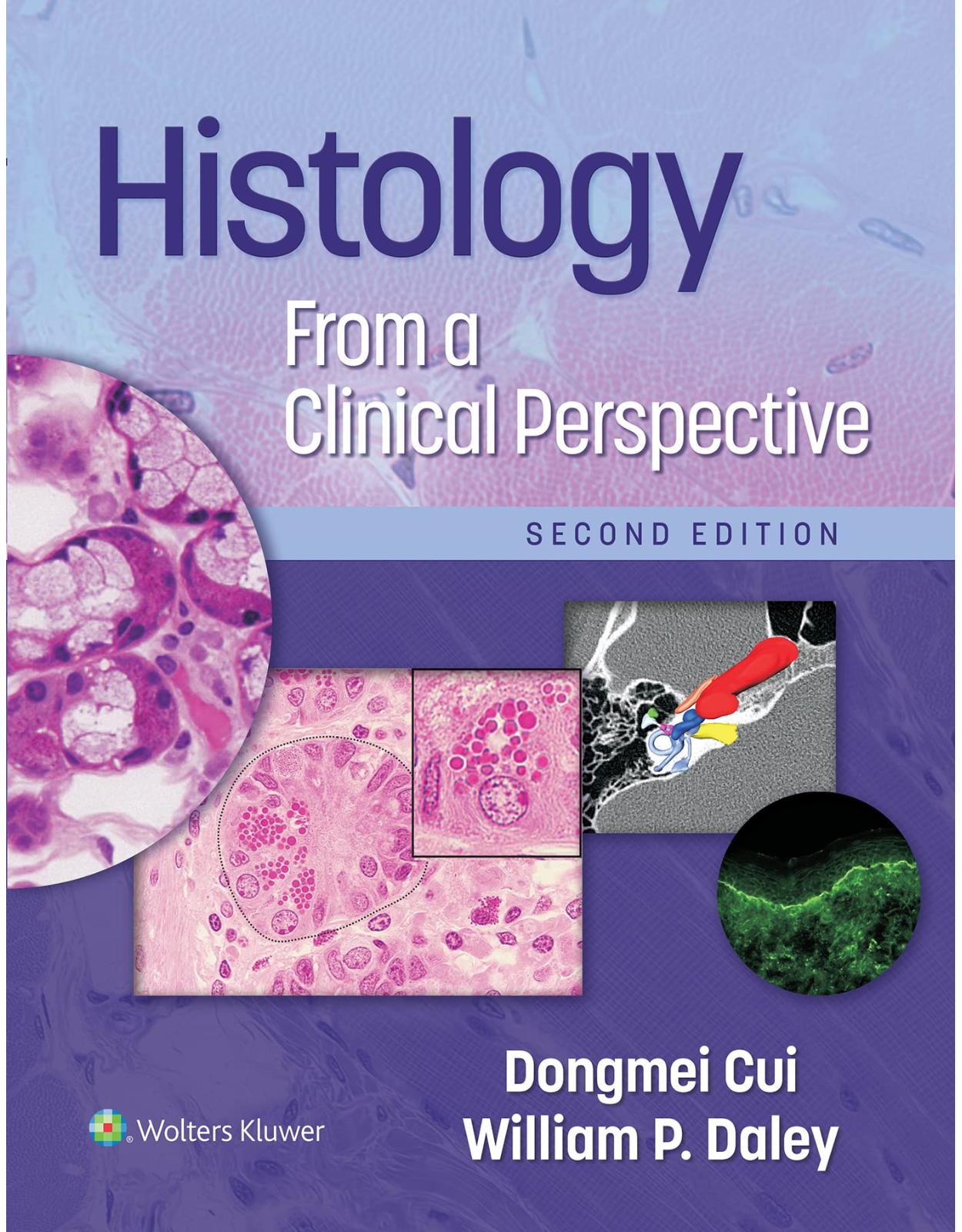
Histology From a Clinical Perspective
Livrare gratis la comenzi peste 500 RON. Pentru celelalte comenzi livrarea este 20 RON.
Disponibilitate: La comanda in aproximativ 4 saptamani
Editura: LWW
Limba: Engleza
Nr. pagini: 560
Coperta: Paperback
Dimensiuni: 20.96 x 2.54 x 26.67 cm
An aparitie: 13 April 2022
Description:
Combining a complete histology atlas with a concise, clinically oriented text, Histology from a Clinical Perspective, 2nd Edition, integrates essential basic science information and related pathology to ensure mastery of fundamental histology topics and the confidence to apply concepts effectively in practice. Explanatory text in each chapter is paired with expanded figure legends in an innovative layout that presents light and electron micrographic images of a tissue, a diagrammatic representation of the same tissue, and an example of how the tissue may be modified by a pathologic process in abundant Clinical Correlations. Rich with clinical vignette USMLE-style review questions and additional self-assessment resources, this student-friendly approach reflects the most up-to-date clinical perspectives and instills the understanding and skills to excel in today’s clinical settings.
Table of Contents:
UNIT 1 ■ BASIC PRINCIPLES OF CELL STRUCTURE AND FUNCTION
1 Illustrated Glossary of Histologic and Pathologic Terms
Descriptive Terms for Normal Cells
Cell Shape
Cytoplasm Features
Nucleus Features
Cell Size
Descriptive Terms for Abnormal Cells and Tissues
2 Cell Structure and Function
Introduction and Key Concepts for Cell Components
Nucleus
Cytoplasm
Cell Surface
Cytoskeleton
Cell
Cell Ultrastructure
Cell Membrane
Chapter 2: Clinical Vignette Questions
UNIT 2 ■ Basic Tissues
3 Epithelium and Glands
Epithelium
Introduction and Key Concepts for Epithelium
Classification of Epithelial Tissues
Specializations of the Apical Surface (Apical Domain)
Specializations of the Lateral Surface (Lateral Domain)
Specializations of the Basal Surface (Basal Domain)
Features of Epithelial Cells
Basal Surface (Basal Domain)
Apical Surface (Apical Domain)
Three Apical Specializations of Epithelium
Lateral Surface (Lateral Domain)
Classification of Epithelial Tissue
Simple Squamous Epithelium
Simple Cuboidal Epithelium
Simple Columnar Epithelium
Pseudostratified Columnar Epithelium
Stratified Squamous Epithelium (Keratinized)
Stratified Squamous Epithelium (Nonkeratinized)
Stratified Cuboidal Epithelium
Stratified Columnar Epithelium
Transitional Epithelium (Stratified Epithelium)
Specially Named Epithelial Tissue
Glands
Introduction and Key Concepts for Glands
Exocrine Glands Classified by Product
Exocrine Glands Classified by Mechanisms of Secretion
Exocrine Glands Classified by Morphology
Duct System
Exocrine Glands Classified by Product
Serous Gland
Mucous Gland
Mixed (Seromucous) Gland
Sebaceous Gland
Exocrine Glands Classified by Morphology
Unicellular Glands
Multicellular Glands
Duct System of Exocrine Glands
Epithelial Lining of the Duct System of Exocrine Glands
Chapter 3: Clinical Vignette Questions
4 Connective Tissue
Introduction and Key Concepts for Connective Tissue
Connective Tissue Cells
Connective Tissue Fibers
Ground Substance of Connective Tissue
Types of Connective Tissues
Connective Tissue Cells
Extracellular Matrix
Types of Connective Tissue: Connective Tissue Proper
Chapter 4: Clinical Vignette Questions
5 Cartilage and Bone
Cartilage
Introduction and Key Concepts for Cartilage
Cartilage Cells
Cartilage Matrix
Types of Cartilage
Cartilage Growth
Overview of Cartilage
Hyaline Cartilage
Elastic Cartilage
Fibrocartilage
Cartilage Growth
Bone
Introduction and Key Concepts for Bone
Bone Matrix
Bone Cells
Types of Bone
Bone Development
Overview of Bone
Types of Bone
Bone Cells
Bone Development and Growth
Chapter 5: Clinical Vignette Questions
6 Muscle
Introduction and Key Concepts for Muscle
Skeletal Muscle
Cardiac Muscle
Smooth Muscle
Overview of Muscle Types
Skeletal Muscle
Cardiac Muscle
Smooth Muscle
Nonmuscle Contractile Cells
Chapter 6: Clinical Vignette Questions
7 Nervous Tissue
Introduction and Key Concepts for the Nervous System
Neurons and Synapses
Overview of the Peripheral and Central Nervous Systems
Peripheral Nervous System
Central Nervous System
Autonomic Nervous System
Neurons and Synapses
Overview of the Nervous System
Peripheral Nervous System
Central Nervous System
Autonomic Nervous System
Autonomic Ganglia
Chapter 7: Clinical Vignette Questions
8 Blood and Hemopoiesis
Peripheral Blood Cells
Introduction and Key Concepts for Peripheral Blood Cells
Blood Composition
Peripheral Blood Cell Types
Erythrocytes and Platelets
Leukocytes: Agranulocytes
Leukocytes: Granulocytes
Hemopoiesis
Introduction and Key Concepts for Hemopoiesis
Erythropoiesis
Thrombopoiesis
Erythropoiesis
Thrombopoiesis
Blood Cell Migration
Granulocytopoiesis
Granulocytopoiesis
Bone Marrow and Blood Cells
Chapter 8: Clinical Vignette Questions
UNIT 3 ■ Organ Systems
9 Circulatory System
Introduction and Key Concepts for the Circulatory System
Cardiovascular System
Heart
Types of Blood Vessels
Lymphatic Vascular System
Lymphatic Vessels
Cardiovascular System
Systemic and Pulmonary Circulation Systems
Anatomy of the Heart
Layers of the Heart Wall
General Structure of the Blood Vessel Layers
Types of Blood Vessels
Arterial System
Capillary System
Venous System
Lymphatic Vascular System
Chapter 9: Clinical Vignette Questions
10 Lymphoid System
Introduction and Key Concepts for the Lymphoid System
Cells in the Lymphoid System
B Lymphocytes
T Lymphocytes
Null Cells
Plasma Cells
Antigen-Presenting Cells
Lymphatic Tissues and Lymphoid Organs
Mucosa-Associated Lymphatic Tissues
Lymph Nodes
Thymus
Spleen
Lymphocytes
Type of Lymphocytes
Lymphoid Tissues and Lymphoid Organs
Structures of the Lymphoid Tissues and Organs
Figures and Images Orientation
Structures of Lymphoid Organs with Figure Numbers
Mucosa-Associated Lymphoid Tissue (MALT)
Lymph Nodes
Comparison of Lymph and Blood Flow
Thymus
Anatomy of the Spleen
Spleen
Chapter 10: Clinical Vignette Questions
11 Respiratory System
Introduction and Key Concepts for the Respiratory System
Conducting Portion
Upper Respiratory Airway
Lower Respiratory Airway
Respiratory Portion
Respiratory Bronchioles
Alveolar Ducts and Alveoli
Anatomy of the Sinuses
Anatomy of the Lungs
Respiratory System
Structures of the Respiratory System
Figures and Images Orientation
Structures of the Respiratory System with Figure Numbers
Conducting Portion: Upper Respiratory Airway
Conducting Portion: Lower Respiratory Airway
Respiratory Portion: Respiratory Bronchioles, Alveolar Ducts, and Alveoli
Chapter 11: Clinical Vignette Questions
12 Urinary System
Introduction and Key Concepts for the Urinary System
Kidneys
Ureters
Urinary Bladder
Urethra
Production and Drainage of Urine
Urinary System
Structures of the Kidney
Anatomy of the Kidney
Kidney and Vascular Supply
Vascular Supply of the Kidney
Figures and Images Orientation
Structures of the Urinary System with Figure Numbers
Ureters
Urinary Bladder
Urethra
Chapter 12: Clinical Vignette Questions
13 Integumentary System
Introduction and Key Concepts for the Integumentary System
Development of the Skin
Layers of the Skin
Thick Skin Versus Thin Skin
Accessory Structures of the Skin
Structure of the Skin
Structures of the Skin
Blood Supply to the Skin
Development of the Skin
Layers of the Epidermis
Thick Skin
Thin Skin
Accessory Structures
Chapter 13: Clinical Vignette Questions
14 Oral Cavity
Oral Mucosa
Introduction and Key Concepts for Oral Mucosa
Oral Mucosa and Teeth
Structures of the Oral Mucosa
Lining Mucosa
Masticatory Mucosa
Specialized Mucosa
Teeth
Introduction and Key Concepts for Teeth
Teeth
Tooth Development (Odontogenesis)
Enamel
Dental Pulp
Periodontium
Chapter 14: Clinical Vignette Questions
15 Digestive Tract
Introduction and Key Concepts for the Digestive Tract
General Structure of the Digestive Tract
Esophagus
Stomach
Small Intestine
Large Intestine
Anatomy of the Digestive Tract
Digestive Tract
Digestive Tract
Figures and Images Orientation
Digestive Tract with Figure Numbers
Tunics of the Digestive Tract
Tunics (Layers) of the Digestive Tract
Esophagus
Stomach
Stomach
Small Intestine
Small Intestine
Large Intestine
Large Intestine
Chapter 15: Clinical Vignette Questions
16 Digestive Glands and Associated Organs
Introduction and Key Concepts for the Digestive Glands and Associated Organs
Major Salivary Glands
Pancreas
Liver
Gallbladder
Salivary Gland Duct System
Anatomy of the Digestive Glands
Digestive Glands and Associated Organs
Digestive Glands and Associated Organs
Figures and Images Orientation
Digestive Glands and Associated Organs with Figure Numbers
Salivary Glands
Pancreas
Liver
Gallbladder
Chapter 16: Clinical Vignette Questions
17 Endocrine System
Introduction and Key Concepts for the Endocrine System
Pituitary Gland
Thyroid Gland
Parathyroid Glands
Adrenal Glands
Pineal Gland
Endocrine Pancreas (Islets of Langerhans)
Endocrine Organs and Figures/Images Orientation
Endocrine Organs with Figure Numbers
Pituitary Gland
Pituitary Gland
Thyroid Gland
Parathyroid Glands
Adrenal Glands (Suprarenal Glands)
Pineal Gland
Endocrine Pancreas
Chapter 17: Clinical Vignette Questions
18 Male Reproductive System
Introduction and Key Concepts for the Male Reproductive System
Testis
Intratesticular Genital Ducts
Extratesticular Genital Ducts
Accessory Genital Glands
Penis
Male Reproductive System
Structures of the Male Reproductive System
Figures and Images Orientation
Structures of the Urinary System with Figure Numbers
Testis
Hormone Regulation in the Male Reproductive System
Spermatogenesis
Intratesticular Genital Ducts
Extratesticular Genital Ducts
Pathway for Sperm Conduction through the Genital Ducts
Accessory Genital Glands
Penis
Chapter 18: Clinical Vignette Questions
19 Female Reproductive System
Introduction and Key Concepts for the Female Reproductive System
Ovaries
Uterine (Fallopian) Tubes (Oviducts)
Uterus
Vagina
Mammary Glands
Anatomy of the Female Organs
Structures of the Female Reproductive System
Figures and Images Orientation
Structures of the Female Reproductive System with Figure Numbers
Ovaries
Hormonal Regulation and the Female Reproductive Cycle
Uterine (Fallopian) Tube
Uterus
Placenta
Umbilical Cord
Vagina
Mammary Glands
Chapter 19: Clinical Vignette Questions
20 Eye
Introduction and Key Concepts for the Eye
Eyelids
Tunica Fibrosa (Tunica Externa)
Refractive Media of the Eye
Tunica Vasculosa (Tunica Media)
Retina (Tunica Interna)
Optic Nerve
Anatomy of the Eye
Structures of the Eye
Figures and Images Orientation
Structures of the Eye with Figure Numbers
Eyelid
Tunica Fibrosa (Tunica Externa)
Refractive Media of the Eye
Tunica Vasculosa (Tunica Media)
Retina (Tunica Interna)
Optic Nerve and Optic Disk
Chapter 20: Clinical Vignette Questions
21 Ear
Introduction and Key Concepts for the Ear
Auditory System
Vestibular System
Anatomy of the Ear
Outer (External) Ear
Middle Ear
Inner Ear
AUDITORY SYSTEM
Vestibular System
Chapter 21: Clinical Vignette Questions
Appendix A ■ General Principles of Tissue Preparation and Staining
Appendix B ■ Answers and Explanations for Clinical Vignette Questions
Index
| An aparitie | 13 April 2022 |
| Autor | Dr. Dongmei Cui MD (hon) PhD, William P. Daley MD |
| Dimensiuni | 20.96 x 2.54 x 26.67 cm |
| Editura | LWW |
| Format | Paperback |
| ISBN | 9781975152444 |
| Limba | Engleza |
| Nr pag | 560 |

